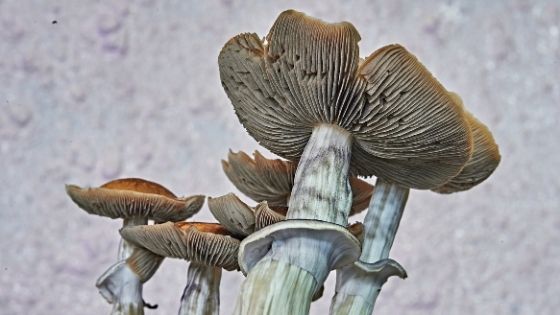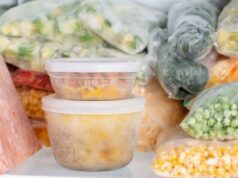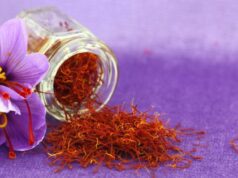Did you know mushrooms can cure diseases, help with depression, and even probably save us from climate change?
Paul Stamets, a famous mycologist, shares the vision that mushrooms can serve as a game-changer in fields such as medicine, forestry, pesticide, and pollution control. Although to some, his ideas seem uncomfortably metaphysical, they have also gained an expanding audience among scientists and silicon investors.


That said, more people are growing psilocybin mushrooms with classic strains such as Golden Teacher Mushrooms at home. These mushrooms can generate impressive yields and even bypass the risks of collecting or misidentifying mushrooms in the wild.
There are several ways to grow different mushrooms’ strains, but we will look at the most effective method to grow mushrooms at home.
All methods start with one crucial element: the spore. Analogous to seeds produced by plants, spores are microscopic packages of DNA, where all mushrooms start off. When subject to the right parameters, a spore grows into a single mushroom, and one mushroom grows to produce hundreds of thousands of spores.
Once a mushroom spore lands on the optimal medium, it requires four crucial factors to stimulate growth.
1. Lighting
Contrary to popular belief, mushrooms do require a fair amount of light to grow and fruit well. However, it is also important to note that the lighting you need is highly dependent on three things.
- The mushroom species you are growing
- The strain of your mushroom
- And the phase the mushroom is in.
A highly aggressive and extremely damp growing room will require high-quality agricultural lighting to handle the challenging circumstances. That said, mushrooms should never be grown in direct sunlight, as they naturally do well in the dark. All you need is a decent lighting system in your grow-room to produce beautiful, high-quality mushrooms.
2. Humidity
Mushrooms are over 90% water; hence, humidity is essential for them to develop correctly. Humidity environments between 70 and 90 percent are critical for proper growth. High humidity results in faster mushroom growth, while less humidity equals a more flavourful slower-growing mushroom.
3. Temperature
Different mushrooms strains prefer different temperature ranges. In general, mushrooms thrive between 60 – 90F. Ideally, it is best to grow your mushrooms in their ideal temperature range or grow a species that’s better suited to your environment. This is because a high-temperature range will desiccate the mycelium and fruiting body while a low-temperature range will thwart mushroom growth.
4. Frequent Air Exchange
Besides humidity, fresh air is one of the largest components of a healthy, grow room environment. Just like humans, mushrooms require oxygen to thrive. High levels of CO2 can lead to abnormal growth, where mushrooms become too long and with small caps. You want to make sure that your grow room is well ventilated by blowing clean air across the growing mushrooms.
5. Hygiene
Growing mushrooms at home require a sterile environment, and the sterile process must be maintained for repeated growth success. A clean, working, and growing environment reduce the probability of contamination and bacterial infection. Also, make sure to use gloves while handling the mushrooms to avoid altering the surface and atmosphere around them.
It is important to find the right balance between your ventilation, humidity, temperature, and lighting for your grow room. Don’t worry if you do not have it right until you start growing your first mushrooms.
Now that you know what is required for a successful production, there are five steps for successful mushroom farming at home-
Step 1 – Select Your Growing Area
Perhaps the best approach to selecting your grow area is to understand the variety of mushroom you want to grow. Most indoor spaces can be adapted to grow various types of strains. Make sure to design your grow space according to your budget and environment.
Step 2 – Acquire Mushroom Compost
A growing cycle of mushrooms starts with acquiring the compost mixture and a growing medium to promote a hospitable atmosphere for the mushrooms to grow. Fill your medium with the mushroom compost material and apply the spawn on top. Mushroom spawn is used much like plant seedlings to facilitate growth.
Step 3 – Prepare the Substrate
The growing medium you choose needs to be chopped into short pieces, moistened with water, and heated in boiling water. You can also use a heating pad to maintain a high temperature. This pasteurizes the substrate and allows it to inoculate with the growing medium.
Step 4 – Encourage Production
It takes roughly two to four weeks for the growing medium to be fully colonized by the mushroom mycelium, depending on mushroom strains and growing conditions. Once this happens, make sure to introduce cold temperatures to your growing area to encourage mushroom production.
Step 5 – Harvest
Once you set up a mushroom growing area in your home, you can harvest mushrooms that appear at the bottom within weeks. Under the right growing conditions, mushrooms can grow rapidly and will require regular harvesting over several months.
Bottom Line
Mushrooms add unique flavor and texture to a variety of dishes. Whether you want to enjoy them fresh, grilled, blended into a smoothie, steamed, or sauteed alongside your favorite vegetables, mushrooms make a great kitchen staple.
It takes approximately 14-15 weeks to complete an entire production cycle, and you can enjoy your mushrooms with your favorite dish.









